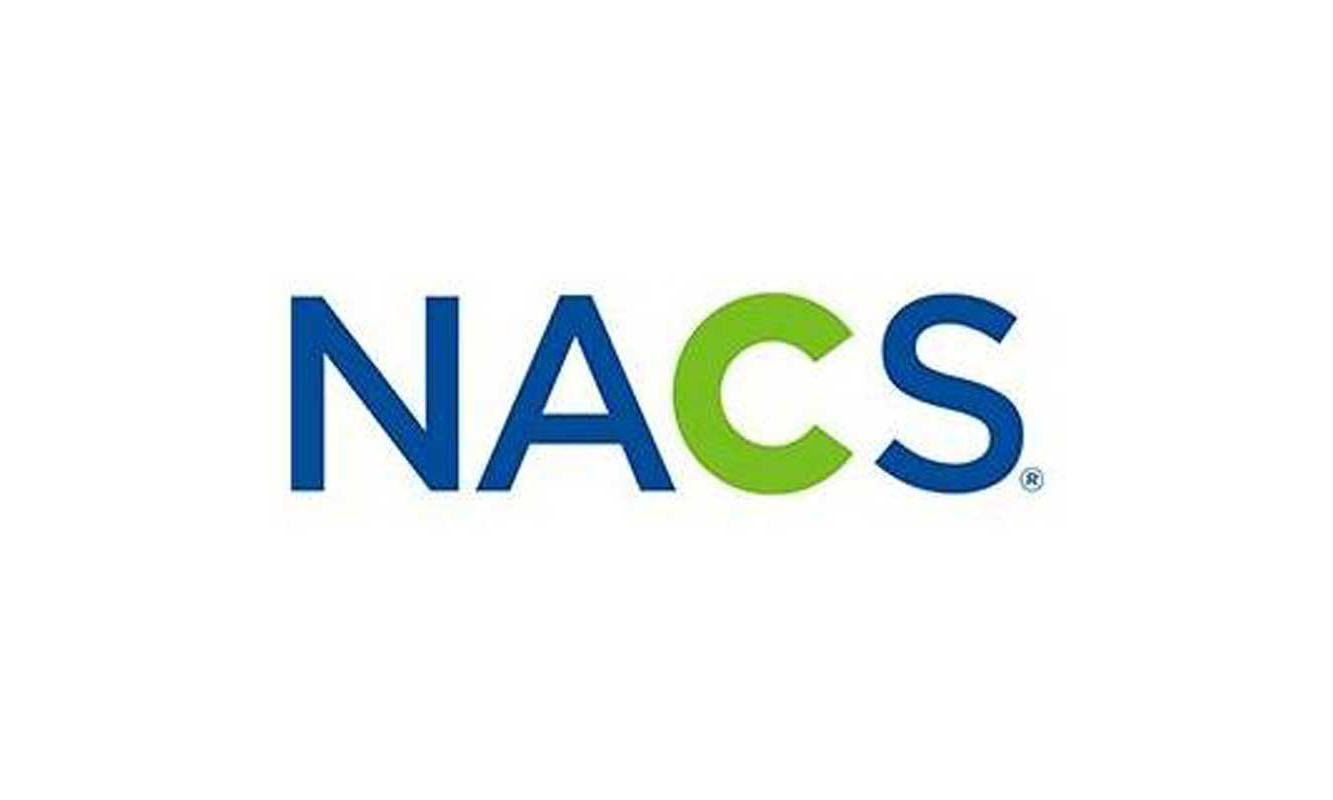The U.S. convenience store count increased to a record 154,958 stores as of Dec. 31, 2017, a 0.3 percent increase (423 stores) from the year prior, according to the 2018 NACS/Nielsen Convenience Industry Store Count.
“Our continued store growth suggests that the convenience and fuel retailing industry’s core offer of convenience continues to resonate with customers,” said Chris Rapanick, director of business development at NACS. “Convenience stores are the destination of choice for the more than 160 million customers who frequent their community convenience store each day to refresh and refuel, whether it’s to grab a quick snack and a beverage, or a fresh-prepared meal.”
The c-store count is significantly higher than other channels of trade, accounting for more than one third (34.4 percent) of the brick-and-mortar retail universe tracked by Nielsen in the U.S. Except for the dollar store channel, all other major channels have fewer units at year-end 2017 than 2016:
Channel 2016 2017 Unit Change % Change
Convenience Store 154,535 154,958 423 0.3%
Drug 43,636 43,169 (467) -1.07%
Supermarket 51,191 51,134 (57) -0.11%
Dollar 28,832 30,332 1,500 5.20%
“Convenience stores saw solid growth in 2017 due to an increased focus on innovation, improved customer experience, assortment variation and healthy investments in food services,” said Jeanne Danubio, EVP of retail lead markets at Nielsen. “All of these factors have enabled convenience stores to meet the needs of consumers, stretching far beyond the pump. This shift must continue to further expand c-store’s relevance in today’s changing retail landscape. As more retailers across channels try to cater to convenience-seeking consumers, c-stores will need to continue to innovate and evolve and grow to stay ahead of the curve.”
Single-store operators within the convenience retail space also increased by 139 units (0.14 percent), up from 97,504 stores at year-end 2016 to 97,643 stores at year-end 2017.
Overall, 79.1 percent of c-stores (122,552) sell motor fuels, a decrease of 1.0 percent (or 1,255 stores) from 2016, with the single-store motor fuel segment dropping by 1,025 stores. The decline in the number of c-stores selling fuel is reflective of retailers evolving their business models to focus more on the in-store, foodservice offer, as well as retailers embracing new store formats and establishing their brands in more urban, walk-up locations.
Among the states, Texas continues to lead in store count at 15,813 stores, or more than one in 10 stores in the country. California is second at 11,946 stores, followed by Florida (9,891), New York (8,725), Georgia (6,687), North Carolina (6,235), Ohio (5,686), Michigan (4,962), Pennsylvania (4, 855) and Illinois (4,759). The bottom three states in terms of store count are Alaska (217 stores), Wyoming (355) and Delaware (344).
The U.S. c-store count has increased by 55 percent over the last three decades. At year-end 1987, the c-store count was 100,200; at year-end 1997 the store count was 108,800; and at year-end 2007 the store count was 146,294.
Keep reading:
https://www.theshelbyreport.com/2018/01/24/nacs-challenges-selling-c-store-meal-kits/
https://www.theshelbyreport.com/2018/01/23/ftc-7-eleven-divesting-stores/
https://www.theshelbyreport.com/2018/01/22/reebok-gensler-gas-station-fitness-hubs/

